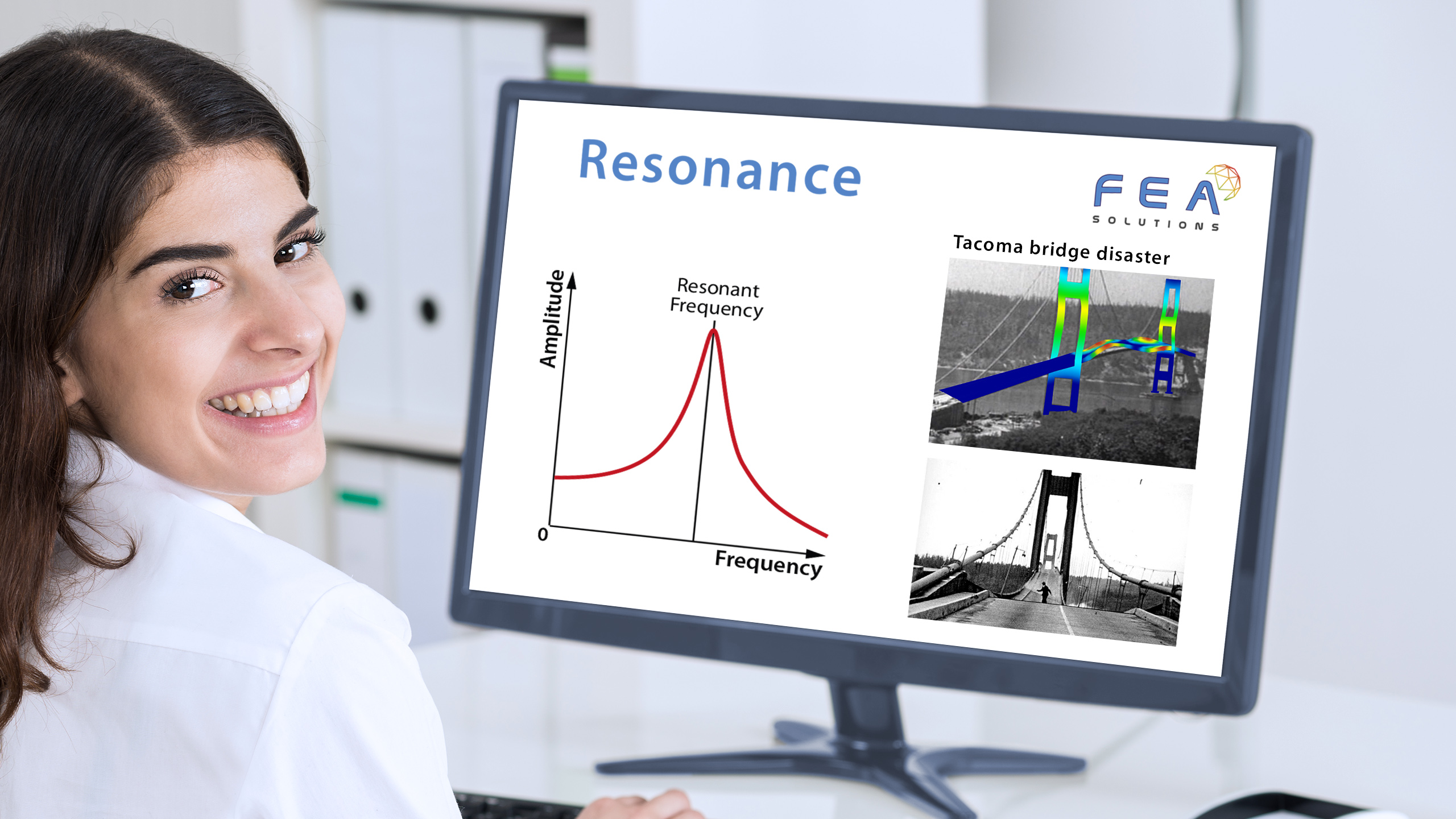
28 Feb Resonance
Resonance describes the phenomena of amplification that occurs when the frequency of a periodically applied load is very similar or equal to one of the system’s natural frequencies. When the required frequency for resonance is met by the external load, the system it is applied to will oscillate at a much higher amplitude than when this same external force is applied at another frequency.
The frequency at which the systems response amplitude is at a maximum is called the resonant frequency of the system. As all mechanical systems have more than one natural frequency, they will have more than one resonant frequency, although the maximum response amplitude may fluctuate.
If the system has little to no damping added to it, the resonant frequencies of the system will be very close to the natural frequencies of the system. Due to the greatly increased response amplitude, resonance is very undesirable in a mechanical system. Without sufficient damping in the system, resonance will most likely cause a catastrophic failure of the structure after just a small number of oscillations.
The most commonly used example of Resonance is the collapse of the Tacoma Narrows bridge, in which high wind speeds caused a twisting of the bridge which matched the bridge’s resonant frequency. Resonance occurred, causing a total collapse of the mid-span of the bridge after very high amplitude oscillations.
Please call us today on +44 (0)1202 798991 for any engineering analysis requirements you might have.
